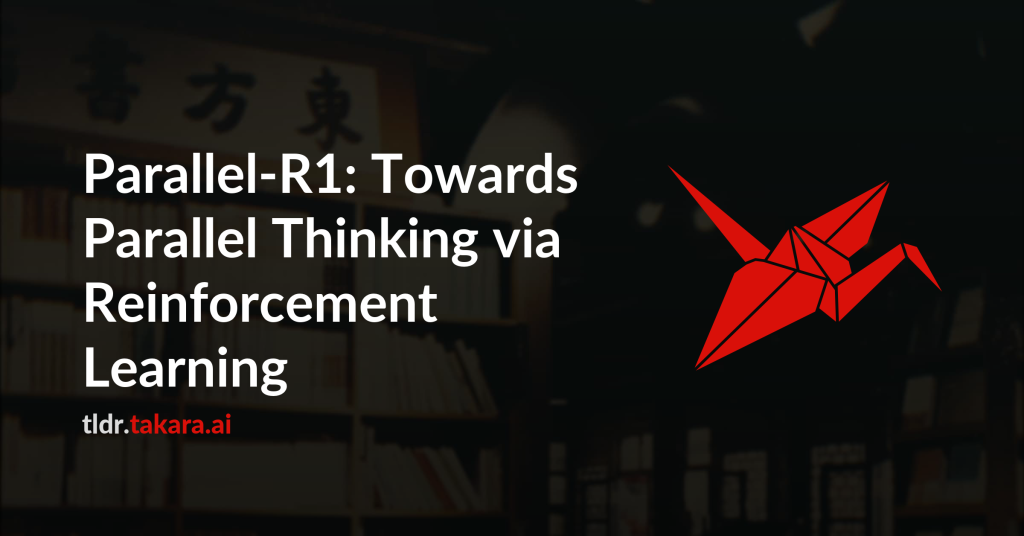Parallel thinking has emerged as a novel approach for enhancing the reasoning
capabilities of large language models (LLMs) by exploring multiple reasoning
paths concurrently. However, activating such capabilities through training
remains challenging, as existing methods predominantly rely on supervised
fine-tuning (SFT) over synthetic data, which encourages teacher-forced
imitation rather than exploration and generalization. Different from them, we
propose \textbf{Parallel-R1}, the first reinforcement learning (RL) framework
that enables parallel thinking behaviors for complex real-world reasoning
tasks. Our framework employs a progressive curriculum that explicitly addresses
the cold-start problem in training parallel thinking with RL. We first use SFT
on prompt-generated trajectories from easier tasks to instill the parallel
thinking ability, then transition to RL to explore and generalize this skill on
harder problems. Experiments on various math benchmarks, including MATH, AMC23,
and AIME, show that Parallel-R1 successfully instills parallel thinking,
leading to 8.4% accuracy improvements over the sequential thinking model
trained directly on challenging tasks with RL. Further analysis reveals a clear
shift in the model’s thinking behavior: at an early stage, it uses parallel
thinking as an exploration strategy, while in a later stage, it uses the same
capability for multi-perspective verification. Most significantly, we validate
parallel thinking as a \textbf{mid-training exploration scaffold}, where this
temporary exploratory phase unlocks a higher performance ceiling after RL,
yielding a 42.9% improvement over the baseline on AIME25. Our model, data, and
code will be open-source at https://github.com/zhengkid/Parallel-R1.

